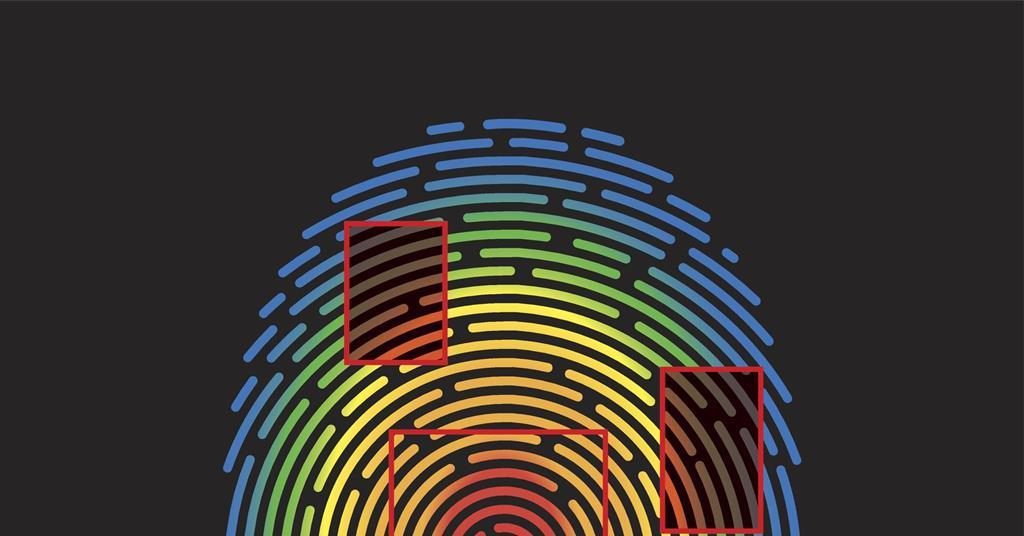
DNA fingerprinting, also known as DNA profiling, is a process used to determine an individual’s identity through analysis of their DNA. It is used in a wide range of applications, from solving crimes to determining paternity.DNA fingerprinting is based on the idea that each person’s DNA is unique, except for identical twins. It involves extracting DNA from a sample of cells, such as a cheek swab, and then looking for specific sections of DNA that are known to vary from person to person. This is done using a technique called a polymerase chain reaction (PCR).
The sections of DNA used to identify an individual are known as ‘markers’. These markers are located in sections of DNA known as ‘loci’, which are short sequences of DNA that are repeated multiple times throughout a genome. The number of times a particular locus is repeated varies from person to person and is used to distinguish one individual from another.
Once the markers have been identified, they are compared to those found in another sample to determine whether the two samples could have come from the same person. If the markers match, then it is likely that the two samples are from the same person.
DNA fingerprinting has a wide range of applications, from solving crimes to determining paternity. In criminal investigations, DNA fingerprinting is used to help identify suspects and link them to crime scenes. In paternity cases, DNA fingerprinting can be used to determine whether a man is the biological father of a child. It is also used in genealogy research, to trace family histories.
DNA fingerprinting is a powerful tool, but it is not infallible. Errors can occur in the process, and false positives or false negatives can occur. It is also important to note that DNA fingerprinting is not a foolproof way to determine identity; it is possible for two people to have similar DNA profiles.
DNA fingerprinting (also known as DNA profiling or genetic fingerprinting) is a method of identifying an individual by looking at their unique DNA sequence. It is most commonly used in law enforcement and forensic investigations to identify suspects and victims in criminal cases, as well as to determine biological relationships between individuals. The technology works by isolating specific regions of the DNA molecule (known as short tandem repeats) that are highly variable between individuals. These regions are then analyzed to create a unique DNA profile (or “fingerprint”) that can be compared to other profiles in order to identify individuals or their relatives.
